Children love cuddly animals. They are soft, warm, and comforting. They can also be educational, especially when they are designed to represent animals, plants, or other natural elements.
Plush animals can help to teach children about nature and the environment in many ways. Let’s find out more.
Good For Curiosity and Imagination
Cuddly toys can spark children’s interest in learning more about the creatures or objects they resemble. For example, a child who has a cuddly toy of a bee might want to know more about how bees make honey, pollinate flowers, or live in hives.
A child who has a cuddly toy of a tree might want to know more about how trees grow, produce oxygen, or provide habitats for animals.
Cuddly toys can also encourage children to imagine stories or scenarios involving their toys and the natural world.
Empathy and Compassion Are Important
Cuddly animals can help children to develop empathy and compassion for living beings and the environment. A child who has a cuddly toy of an endangered animal might feel more concerned about the threats facing that species and its habitat
.A young boy or girl who has a cuddly toy of a plant might feel more responsible for taking care of it and watering it regularly. Cuddly toys can also help children to express their emotions and feelings in a healthy way.
Improve Sensory and Motor Skills with Cuddly Animals
Cuddly animals help children to enhance their sensory and motor skills by providing them with different textures, shapes, colors, sounds, and movements to explore.
A child who has a cuddly toy of a bird might enjoy feeling its feathers, hearing its chirping, or watching it flap its wings. Cuddly toys can also help children practice their fine and gross motor skills by holding, squeezing, throwing, or cuddling them.
Environmental Awareness
Awareness can be hard to foster in children. Plush toys can help children to become more aware of and involved in environmental issues and actions.
A cuddly animal made from recycled or organic materials might learn about the benefits of reducing waste, reusing resources, or choosing eco-friendly products.
A child who has a cuddly toy that comes with a booklet or an app that teaches them about environmental topics might learn about the causes and effects of climate change, pollution, deforestation, or biodiversity loss.
Cuddly toys can also inspire children to take action for the environment by joining campaigns, donating to charities, or volunteering for causes.
10 Critically Endangered Animals for Children to Collect
One of the best ways to make children understand that some animals are critically endangered is to buy them a cuddly animal or plush toy. Here are some animals that may inspire your future environmentalist.
- Javan rhinos: They are one of the rarest rhino species, with only around 75 individuals left in the wild. They live on the island of Java, Indonesia, and face threats from habitat loss, poaching, and natural disasters.
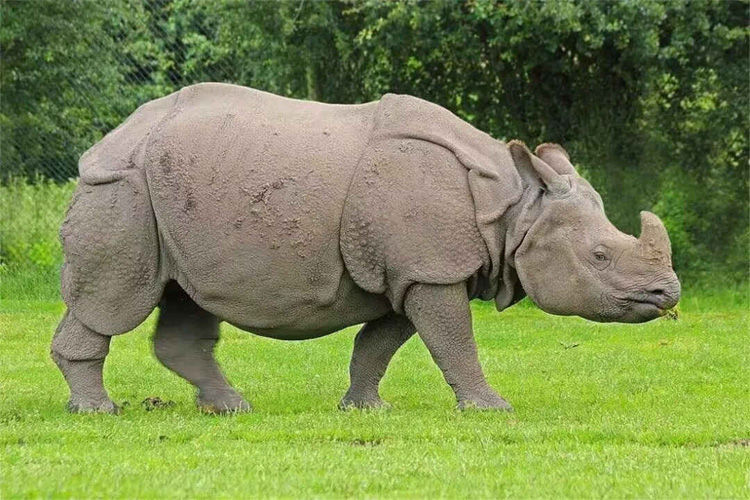

- Amur leopards: They are one of the rarest big cats in the world, with only around 100 individuals left in the wild. Amur leopards live in the far east of Russia and north-eastern China, and face threats from habitat loss, prey scarcity, and poaching.
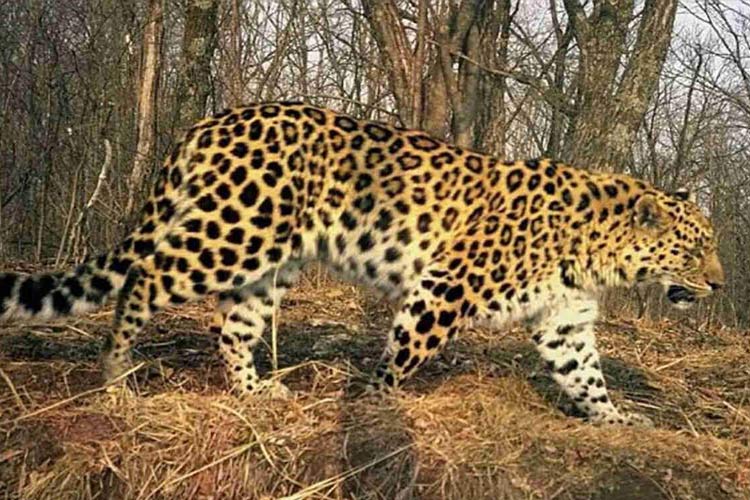

- Sunda Island tigers: They are the smallest tiger subspecies in the world, with only around 600 individuals left in the wild. These tigers live on the Indonesian island of Sumatra and face threats from habitat loss, poaching, and human-wildlife conflict.
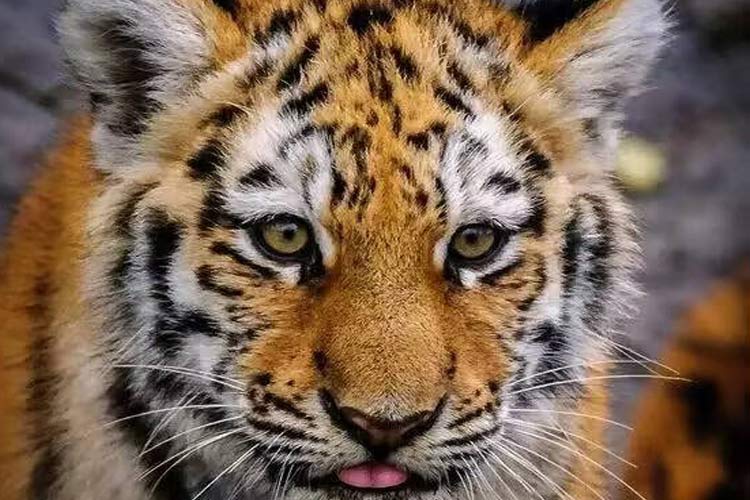

- Vaquitas: They are the smallest and most endangered marine mammals in the world, with only around 10 individuals left in the wild. Vaquitas live in the Gulf of California, Mexico, and face threats from illegal fishing nets, pollution, and climate change.
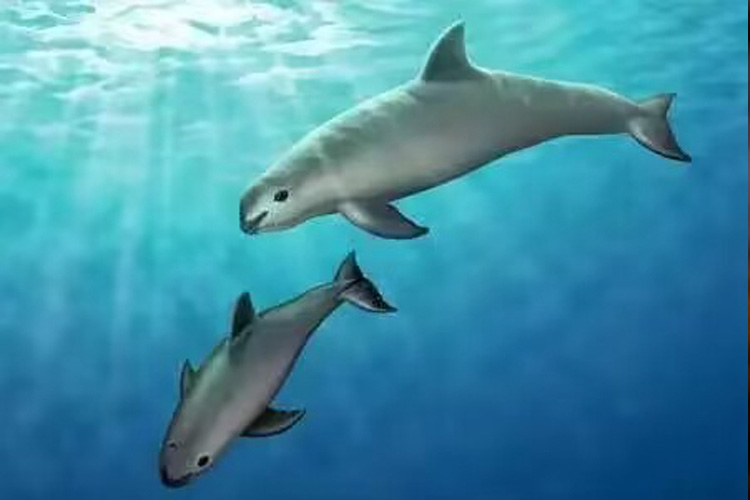

- Sumatran rhinos: They are the smallest and most hairy rhino species in the world, with only around 80 individuals left in the wild. Sumatran rhinos live in scattered populations on the islands of Sumatra and Borneo where they face threats from habitat loss, poaching, and disease..
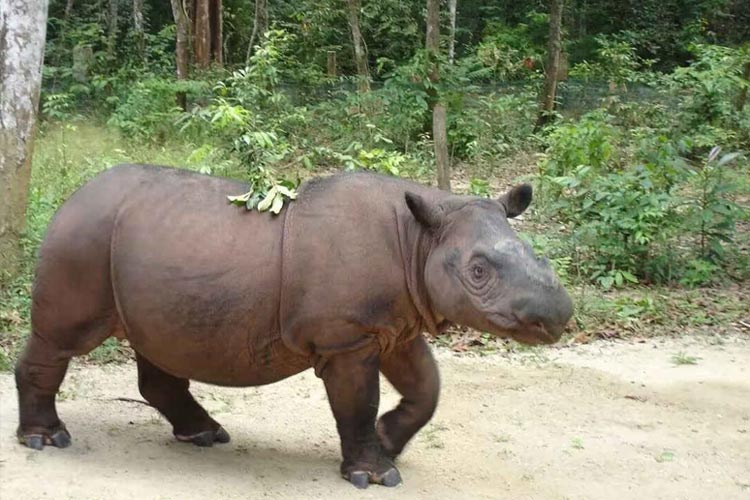

- Yangtze finless porpoises: They are the only freshwater subspecies of porpoises in the world, with only around 1,000 individuals left in the wild. This species of porpoise lives in the Yangtze River and two lakes in China, and faces threats from overfishing, pollution, dam construction, and boat traffic.


- Cross River gorillas: They are the most endangered gorilla subspecies in the world, with only around 300 individuals left in the wild. River gorillas live in a small region along the border of Nigeria and Cameroon and face threats from habitat loss, hunting, and disease.
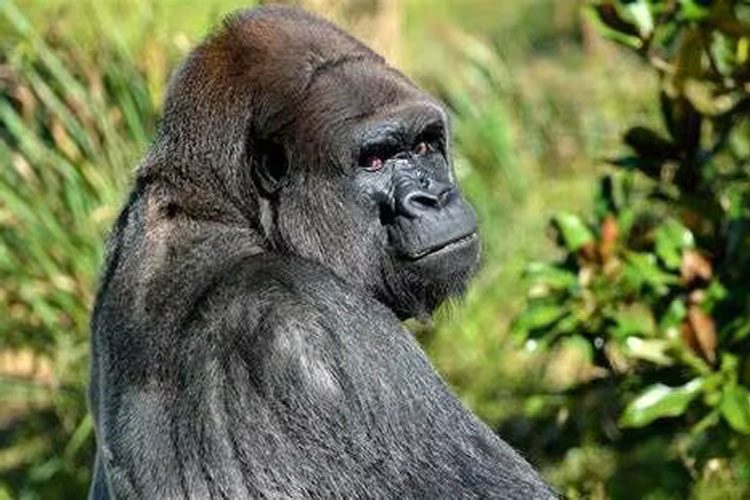

- Hawksbill turtles: They are one of the most beautiful sea turtle species in the world, with a distinctive shell pattern and a hawk-like beak. Hawksbills live in tropical and subtropical oceans around the world and face threats from illegal trade, fishing bycatch, coastal development, and climate change.


- Saolas: They are one of the most mysterious mammals in the world, also known as the Asian unicorn. Saolas live in the Annamite Mountains of Vietnam and Laos and face threats from hunting, habitat loss, and human disturbance. They are so rare that they have never been seen alive in the wild by scientists.
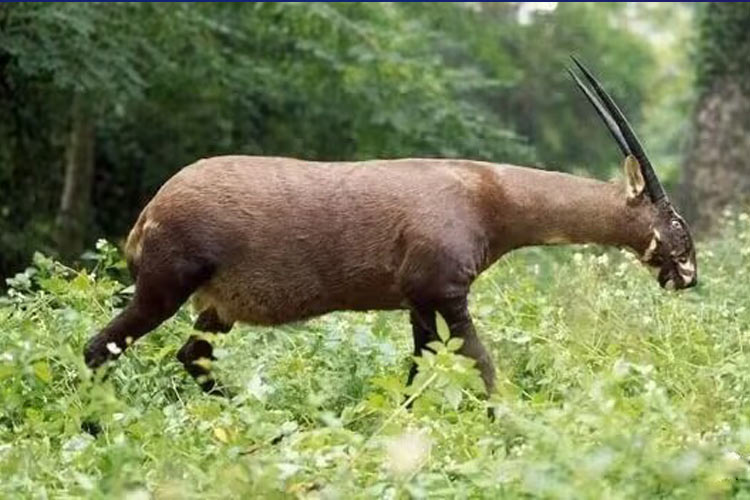

- Galápagos penguins: They are the only penguin species that live north of the equator, on the Galápagos Islands. Galapagos penguins live in small colonies along the coastlines of some islands and face threats from climate change, disease, and oil spills.
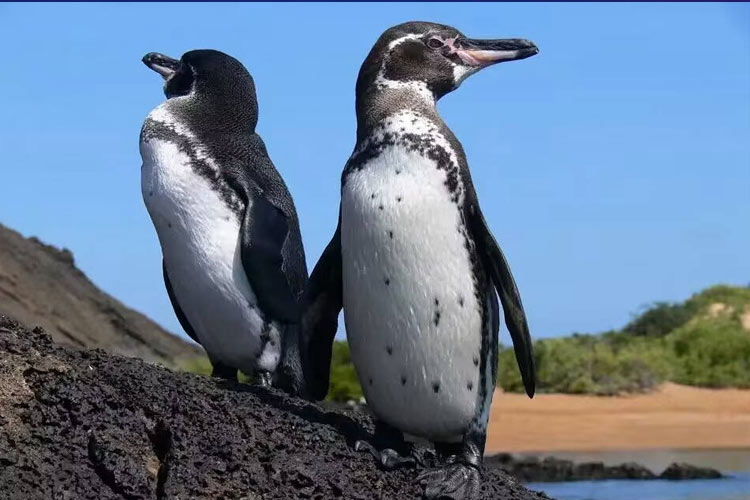

Final Thoughts
Cuddly animals are not only fun and adorable, but they also educational and beneficial for children’s development. They can help to teach children about nature and the environment in various ways that can enrich their knowledge, skills, values, and attitudes.
By choosing plush animals that are sustainable, ethical, and eco-friendly, parents and educators can also support the environment and the communities that produce them. Cuddly toys can be powerful tools for fostering children’s love and respect for nature and the environment.
Best of all, cuddly animals encourage children to learn about the real ones. Who knows, you may have the next Sir David Attenborough in your family.
